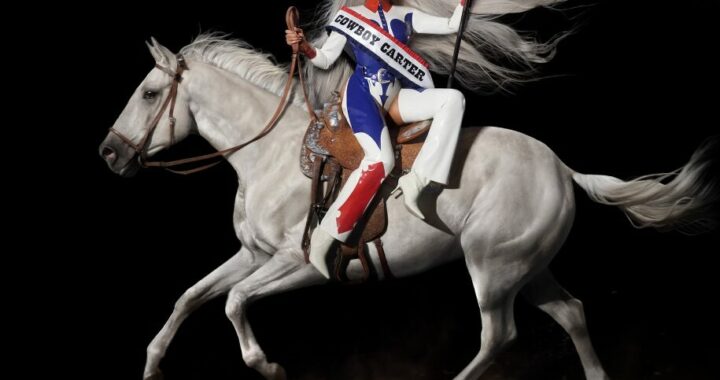Playing With Swords
3 min readBy Christina Lambert
The swords are flying three days a week in the auxiliary gym. Swinging slender weapons called the sabre, the foil, and epee, the University’s fencing club has begun practicing for a new semester of dueling.
The first event will be the Saint Valentine’s Day Massacre, a local competition taking place Feb. 12.
Made up of about 50 members, the club teaches participants the proper techniques of fencing. Led by president Katherine Vrobel, senior, and vice president Damien Arthur-Allen, sophomore, the club encourages anyone to come out and learn how to fence.
The club was started in 1956. Three years ago, it held a special 50th anniversary party to celebrate. There are still old pictures of the fencing club hanging in Ball Hall.
“We’ve been around for a long time,” Vrobel said.
The fencing club starts looking for new members at Club Carnival during the first semester. This past semester, about 100 people signed up. The majority of the new members were freshmen.
In all, there are around 50 active members who come to practice regularly.
The fencing club is student-run, so during practice, the officers teach the different weapons and help the newer members. Anyone wishing to join is encouraged to come to practice often during the start of the semester to practice with the weapons, but the club encourages new members to come at any time.
“We’ll take the time to help new members,” Vrobel said.
A typical practice starts out with jogging to warm up the muscles. Then the officers lead the group in calistinics, which is a special type of stretching that prepares the body for the explosive muscle action required in fencing. Following stretching, the group practices footwork, which is an essential part of fencing. Finally, the group practices point control, which helps to point out target areas to hit while fencing, such as the wrist or chest.
There are three different types of swords to use when fencing. Members of the club can choose a foil, which targets the torso, an epee, which can target any part of the body, or a sabre, the most popular choice. It can be used to slash your opponent, unlike the foil and epee, which are used for poking. All of the equipment needed to fence is provided for the members.
“I’ve heard some people say that we’re lucky to have what we have because of our resources and our connections,” Vrobel said. “I have heard a lot of people say how lucky we are after graduating and going somewhere else and then coming back.”
Not only are the swords provided for each member of the club, but so are the protective garments used to fence.
“You have to wear a large jacket. You look like a baked potato,” sophomore Drew Radtke said.
Fencers must wear a canvas jacket that is twice the thickness of jeans in addition to a metal mask and a padded glove. There is also an optional vest called a plastron that is only required for competitions. For extra protection, a rubber tip is placed at the end of each sword. These extra precautions help to keep fencers safe.
“The worst injury you will get is a bruise,” Arthur-Allen said.
Since the swords and safety equipment are such a high priority, there are three officers in addition to the president and vice president called armors who order new equipment, take inventory of the equipment, and take care of the equipment.
Currently, the fencing club is preparing to compete this semester in two scrimmages, The Saint Valentine’s and the second competition that will take place Feb. 15 at U. VA.
No previous experience is necessary to join the fencing club. Any new members are welcome to join, and the captains and older members are eager to help anyone learn how to fence.
“You could come in here and never even heard of fencing and join the club,” Vrobel said.
The fencing club has practice in the auxiliary gym three days a week on Tuesdays, Fridays, and Sundays.


